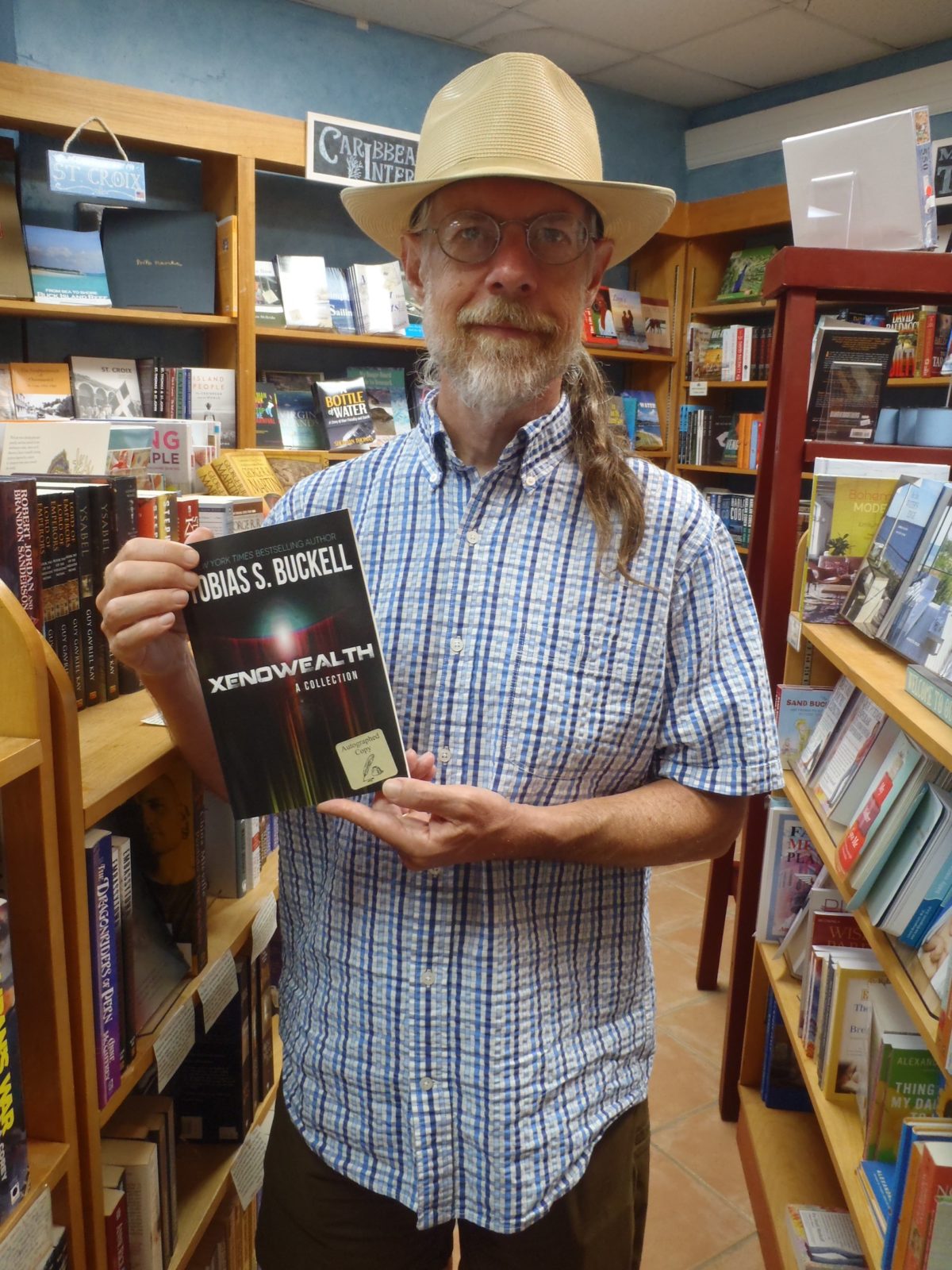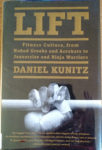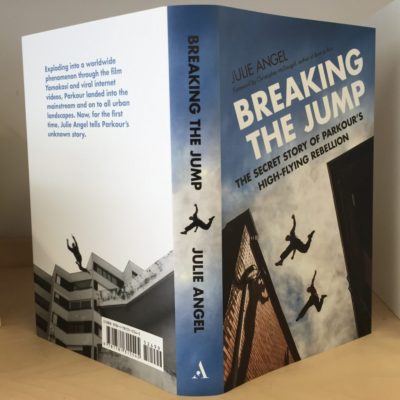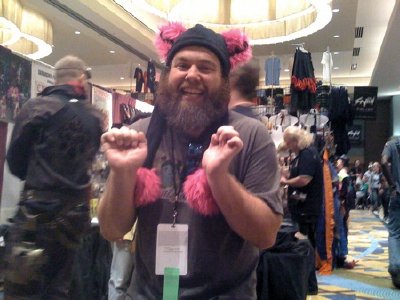I mentioned a while back that it looked like Christopher McDougall’s new book had been written just for me. Now that I’ve read it, I can say it was just what I was hoping for.

 Natural Born Heroes: How a Daring Band of Misfits Mastered the Lost Secrets of Strength and Endurance by Christopher McDougall.
Natural Born Heroes: How a Daring Band of Misfits Mastered the Lost Secrets of Strength and Endurance by Christopher McDougall.
It’s a book written in three layers. First, it’s the true story of a group of resistance fighters on Crete who kidnapped a Nazi general and undertook to smuggle him off the island into the hands of the British. Second, it uses that story to explore the ancient Greek ideal of heroism, and to talk about how the ancient Greeks had figured out how to make people into heroes. Third, it talks about the author’s own efforts to develop those same traits—strength, skill, compassion—in himself, and to use those capabilities in his travels across Crete in the footsteps of the resistance fighters.
It appealed to me for a lot of reasons, not least of which is that McDougall has followed much the same path I have—running, barefoot running, parkour, then natural movement.
It’s a meaty book. There’s the adventurous war story, there’s the history of the Greek traditions of fitness and martial prowess (and their martial art, pankration), and there’s the personal anecdotes. But even the anecdotes are more than just “I tried these things and they seemed to work.” McDougall does his research, talks to experts, provides his references, and then tries stuff out and reports on his successes and failures.
The stuff on blending endurance exercise with a low-carb diet was fascinating—and new to me, even though the primary work dates from back in the 1980s. Other stuff, such as the work being done on the importance of fascia for strength, power, and speed is genuinely new.
Highly recommended.
While I was waiting for Natural Born Heroes to come out, I was casting around for something to tide me over—something to fill the space of wanting to read about natural movement—and happened upon a book by Mariel Hemingway from a couple of years ago.

 Running with Nature: Stepping Into the Life You Were Meant to Live by Mariel Hemingway and Bobby Williams.
Running with Nature: Stepping Into the Life You Were Meant to Live by Mariel Hemingway and Bobby Williams.
This is not a meaty book. Comparing it to McDougall’s book, it’s as if someone left out both of the first two layers, and wrote a book that was just the personal anecdotes. Some of the “information” in it is just wrong and some of the rest is pretty dubious, but I found it easy to read past the nonsense, because much of the rest of the book made so much sense.
Mariel Hemingway—a pretty girl (now about my age) from a family of celebrities—grew up without a good model for how to live a happy life. Prone to depression, and viscerally aware of the malady’s dangers (a frighteningly high fraction of her relatives either committed suicide or ended up in mental institutions), she had to invent her own self-care regimen.
The regimen she came up with has much in common with my own (and this probably has a lot to do with why I like it). It’s pretty obvious stuff: exercise as play, ample rest, healthy food, plenty of sunlight and fresh air—with some very specific notions that I haven’t implemented yet, but that are probably great ideas, such as making your sleeping area really dark.
I recommend it, but I’m glad I checked it out of the library rather than buying a copy.
After finishing the McDougall book, I was again bereft of a compelling book on human movement. Into that empty space came a book by Jonathan Gottschall.

 The Professor in the Cage: Why Men Fight and Why We Like to Watch by Jonathan Gottschall.
The Professor in the Cage: Why Men Fight and Why We Like to Watch by Jonathan Gottschall.
Gottschall was an adjunct professor of English who came to realized that his career had peaked. All he could expect was years of teaching English Composition to kids who didn’t want to learn until he eventually annoyed a critical mass of administrators who would then quit renewing his contract, leaving him unemployed. At about the point where this realization became something that he could no longer ignore, he noticed that the vacant former hardware store visible from his cubicle had reopened as a mixed martial arts gym.
Looking out the window, he gets the idea that he’ll start working out at the gym, and then gets the idea that he could fight an MMA-style cage match and write a book about it: The Professor in the Cage!
I happened upon this book in an author interview with the Art of Manliness. It sounded like it might be an informative exploration of the intersection of human movement arts generally with the fraction that are martial arts, as well as being a fun story about taking on a challenge.
Part of the reason that it’s fun is that the author is quite open about the genre that he’s writing in. It’s a stunt book, a type of book which has a certain structure—the author gets in over his head, and writes self-deprecatingly of his struggles. He doesn’t try to disguise the fact that he’s doing that: He knows it, and he knows that you know it.
But it’s also very interesting when the author isn’t getting beat up, because it’s not just personal anecdotes; it’s also a scholarly exploration of ritual violence. He talks a lot about why men engage it in, why women mostly do not, how dueling cultures came to develop, and why they die out. Those aspects of the book are well-researched, with extensive notes, and strike a pretty good balance between the evolutionary and sociobiological basis of the difference between male and female choices and the sociological and anthropological ones.
He also looks at the question that the modern “cage match” fights were supposed to answer: which martial art is the best? (Answer: It turns out that wrestling/grappling styles beat punching/kicking/boxing styles. A grappling-focused style of ju-jitsu totally dominated the MMA cage match fights, until all the fighters learned enough wrestling to hold their own.)
It was especially interesting to read after having read the McDougall book. Both look at the Greek tradition of fitness and both talk about pankration, the ancient Greek martial art, which turns out (unsurprisingly, because it’s both a striking and a grappling art) to look a whole lot like modern mixed martial arts.
I recommend it. Very interesting.
Now I am again between books about human movement, and am having to make do with fiction.










